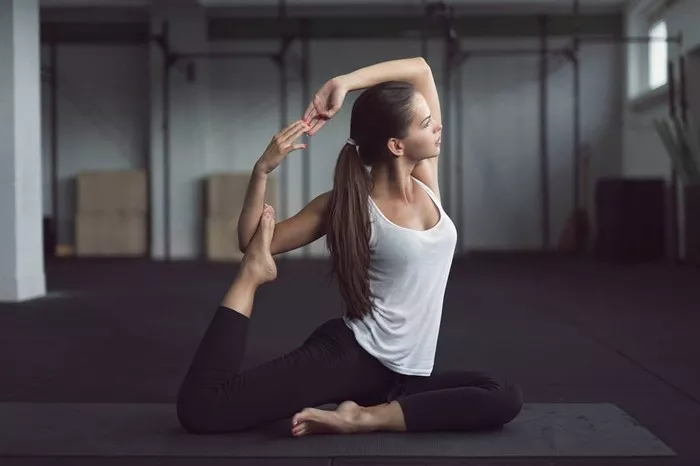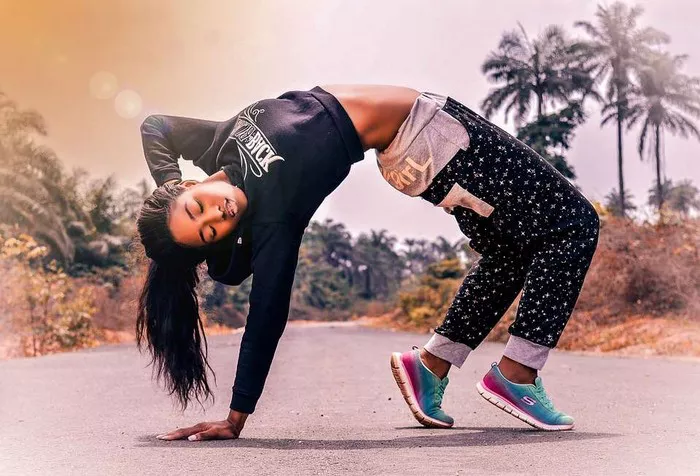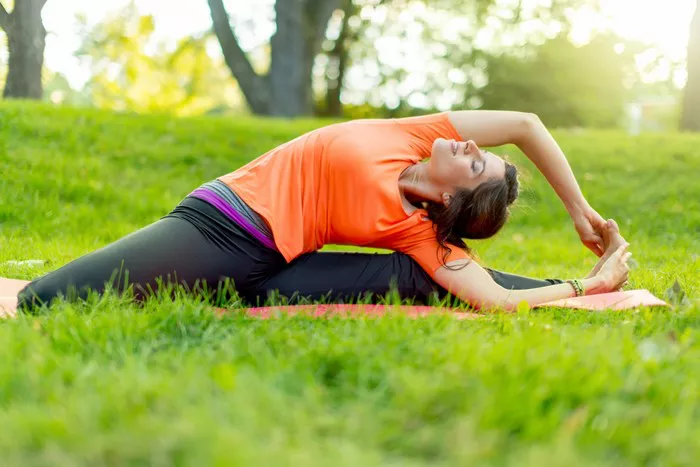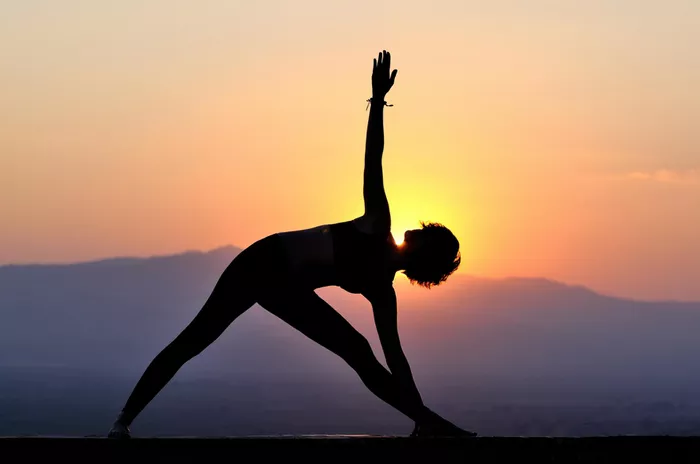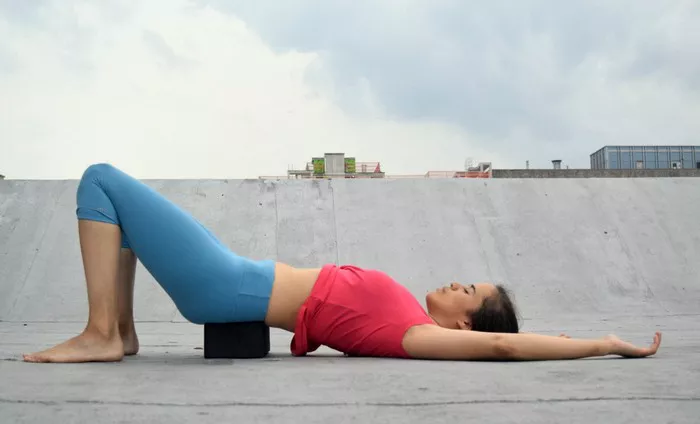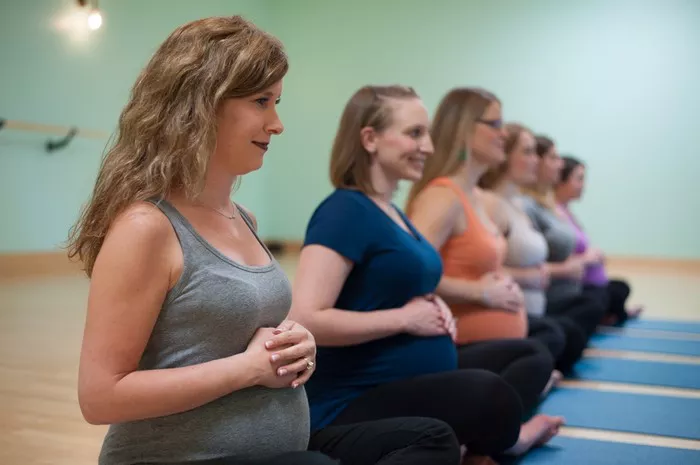The yoga headstand, or Sirsasana, is often referred to as the “king of all asanas” due to its extensive physical, mental, and spiritual benefits. While it is one of the more advanced postures in the yoga repertoire, its rewards are equally profound for those who approach it with proper technique and consistent practice. Understanding the purposes of this powerful pose can offer deeper insight into its role in your yoga journey. In this guide, we explore six primary purposes of the yoga headstand and why it continues to be a fundamental posture in traditional and modern yoga practices alike.
1. Enhancing Circulation and Cardiovascular Health
One of the most immediate and noticeable effects of performing a headstand is the reversal of blood flow. Gravity assists the movement of blood from the lower extremities back toward the heart and brain. This redistribution of blood can aid venous return, which reduces strain on the heart and enhances overall circulation.
Improved circulation means that oxygen and nutrients are more effectively delivered throughout the body. As a result, practitioners often report feeling refreshed and revitalized after holding a headstand. This position can also help in flushing out toxins by promoting lymphatic drainage, which is essential for immune health. For individuals who spend most of their day sitting or standing, headstands can counteract the effects of poor posture and sedentary lifestyle.
2. Building Physical Strength and Stability
Despite its seemingly passive nature once established, a headstand requires and develops substantial physical strength. It primarily engages the shoulders, arms, and core muscles to maintain balance and protect the cervical spine. The process of getting into and out of the pose safely demands controlled muscular coordination and stability.
- Shoulder and Arm Strength: These muscles support the body’s weight in the inversion, particularly when done with the forearms on the ground.
- Core Engagement: A strong core is essential for keeping the body aligned and preventing collapse.
- Leg and Back Muscles: These contribute to maintaining straightness and stability during the posture.
Practicing headstands consistently builds endurance and helps tone the entire body. Over time, this fosters better posture and reduces the likelihood of injury in other activities.
3. Stimulating Mental Clarity and Focus
One of the key benefits of practicing headstands is their effect on the mind. The inversion stimulates the brain by increasing blood flow, which in turn can sharpen mental clarity and focus. Many practitioners find that the concentration required to enter and hold the pose trains the mind to be more disciplined and present.
This heightened mental engagement can translate to improved cognitive function over time. The calming and grounding nature of inversions also helps alleviate symptoms of anxiety, restlessness, and stress. By changing the physical perspective, headstands can metaphorically shift mental perspectives as well, promoting clarity and new ways of thinking.
Moreover, the meditative quality of staying still in a challenging position contributes to inner peace and emotional stability. It encourages mindfulness and a deeper connection between the body and the mind.
4. Supporting Hormonal Balance
The endocrine system, which includes glands responsible for hormone production, is positively affected by the practice of headstands. When inverted, specific glands such as the pituitary and pineal glands receive increased blood flow and stimulation. These glands regulate a variety of bodily functions, from growth and metabolism to sleep and emotional regulation.
Key Glands Influenced:
- Pituitary Gland: Often called the master gland, it governs other endocrine glands and plays a central role in maintaining hormonal balance.
- Pineal Gland: Influences circadian rhythms and melatonin production, thereby affecting sleep quality.
- Thyroid and Adrenal Glands: Though not directly impacted, their functions are often regulated through the feedback systems initiated by the pituitary gland.
Balancing these hormonal outputs can lead to improvements in mood, energy levels, and overall vitality. In some yoga traditions, headstands are prescribed to help manage hormonal disorders, though this should always be approached with medical supervision.
5. Cultivating Emotional Resilience and Inner Strength
Yoga is not only about physical postures but also about emotional and spiritual development. Performing a headstand challenges more than just the body; it tests one’s emotional resilience and inner fortitude. The process of overcoming fear, especially the fear of falling, builds courage and mental toughness.
Headstands require trust—in oneself and the process. For many practitioners, learning this pose becomes a journey of self-discovery. With each attempt and refinement, confidence grows. The inversion creates a temporary shift in perception, encouraging the practitioner to embrace change and face discomfort with grace.
Furthermore, the sense of accomplishment that comes from mastering a difficult pose contributes to greater self-esteem. This emotional strength often spills into other areas of life, enhancing one’s ability to handle stress, setbacks, and emotional turbulence more gracefully.
6. Deepening Spiritual Awareness and Energy Flow
In yogic philosophy, headstands are considered to be powerful spiritual tools. The inverted position is said to direct the flow of prana, or life energy, upward toward the higher chakras, particularly the crown chakra (Sahasrara) located at the top of the head. This chakra is associated with higher consciousness, spiritual enlightenment, and unity with the universe.
Benefits in Subtle Energy:
- Activation of the Crown Chakra: Encourages spiritual insight and a sense of connection to something greater.
- Pratyahara (Withdrawal of Senses): The focused inward attention during a headstand promotes the withdrawal of the senses, a key step in the eight limbs of yoga.
- Meditative Depth: Holding the headstand with control encourages meditative stillness, enhancing spiritual growth.
In many traditional systems, headstands are practiced as part of advanced sequences designed to prepare the practitioner for deeper states of meditation and spiritual realization. This spiritual dimension sets the headstand apart from many other physical exercises.
Important Considerations and Safety Tips
While the benefits of headstands are numerous, they should be approached with caution and respect. Beginners should practice under the guidance of a qualified yoga instructor to ensure safety and proper technique. Incorrect form can lead to neck injuries and other complications.
Safety Guidelines:
- Always warm up with preparatory poses that build core and shoulder strength.
- Use a wall for support when learning the pose.
- Avoid if you have neck injuries, high blood pressure, or certain eye conditions.
- Come out of the pose slowly and rest in Child’s Pose to rebalance blood flow.
Listening to your body and progressing mindfully are key components of a safe and effective practice. Advanced variations should only be attempted once foundational strength and alignment are solid.
Conclusion
The headstand is far more than just an impressive pose. It serves multiple purposes—ranging from physical health and mental clarity to emotional resilience and spiritual awakening. Each time you invert your body, you also invite a shift in perspective, helping to balance not only your body but also your life.
By understanding the multifaceted purposes of this asana, practitioners can approach it with greater appreciation, intention, and mindfulness. Whether you’re new to yoga or an experienced student, incorporating headstands thoughtfully into your practice can be a transformative experience, enriching both your physical health and inner journey.
Related Topics:

